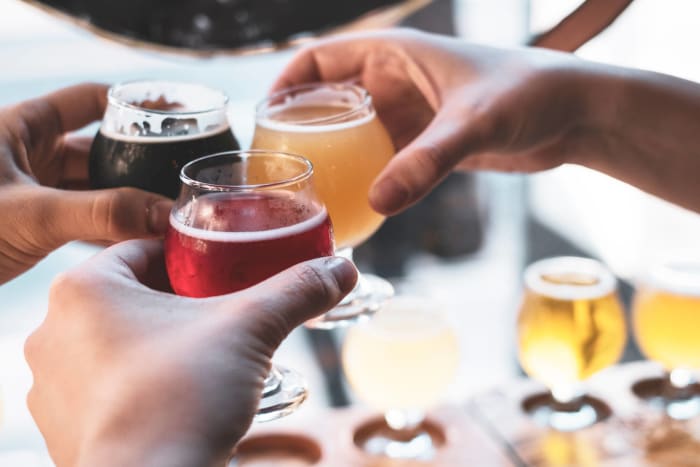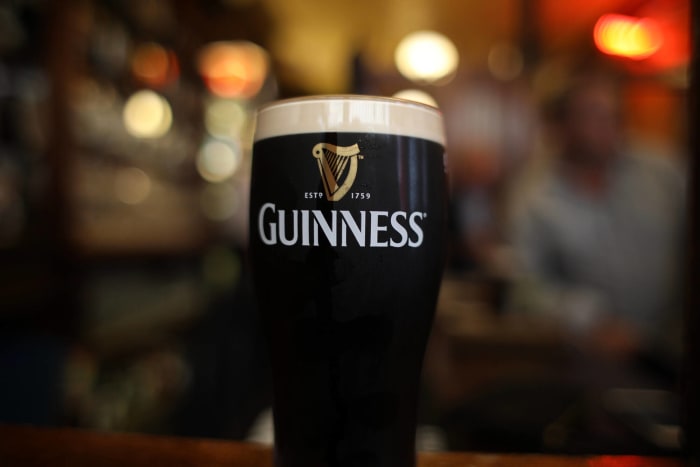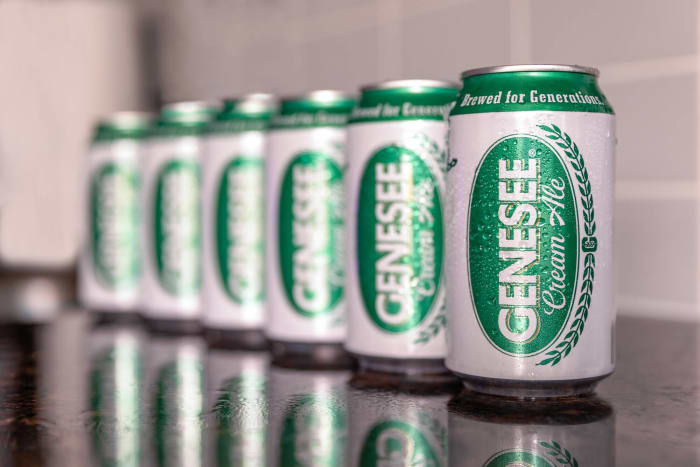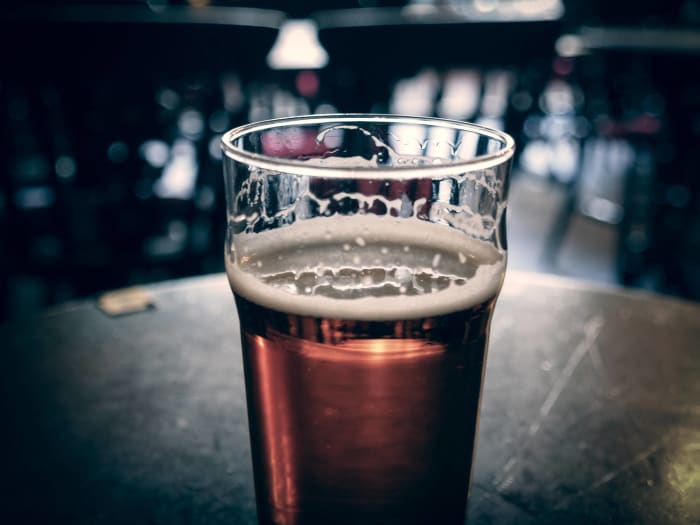x
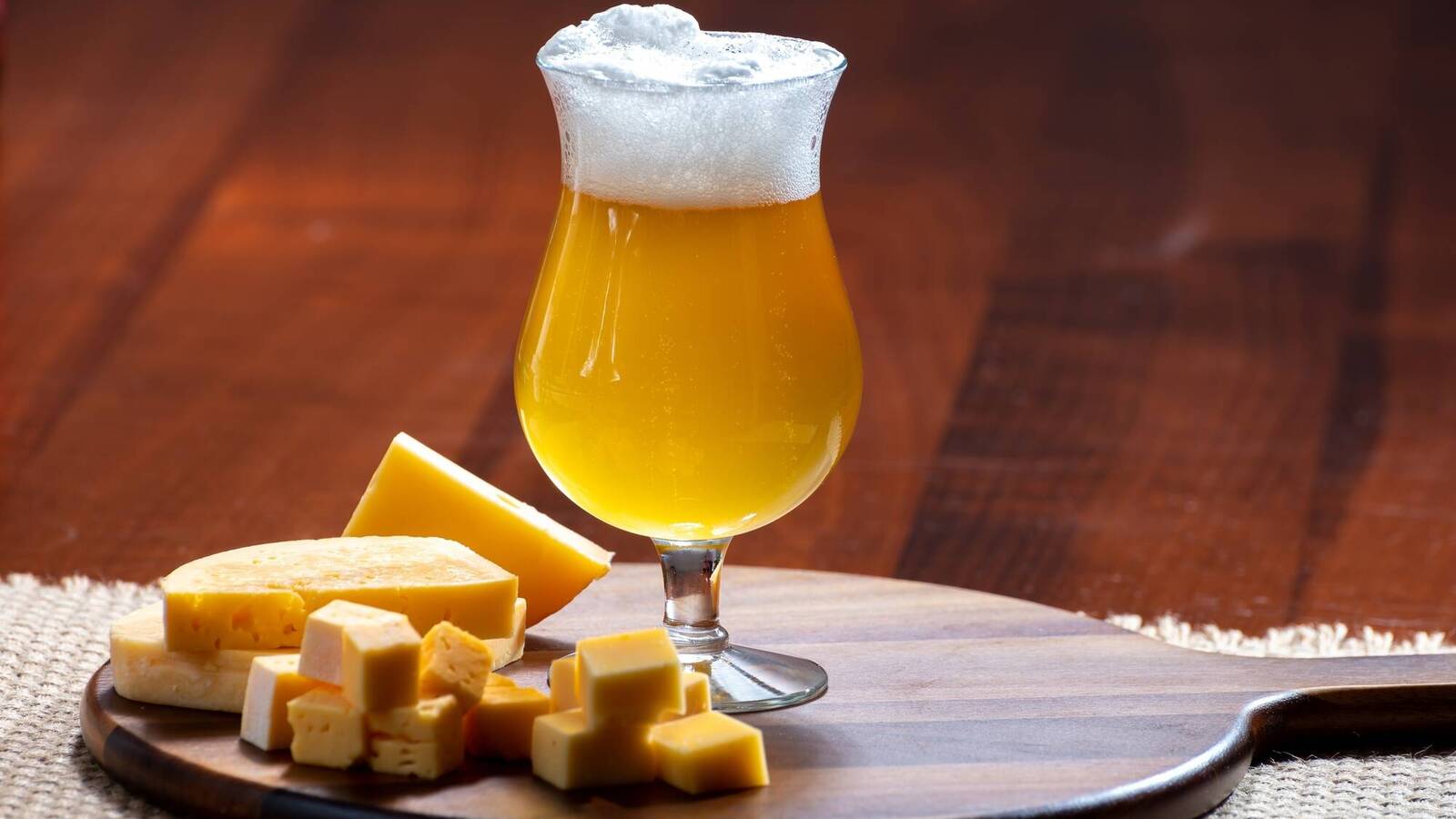
Shutterstock
20 styles every beer drinker should know about
The craft beer scene continues to be on the rise in the States. The purpose of this is to offer a broad understanding of some of the most frequented styles so that the next time you walk over to your local brewery, you won't be confused when you see something called a Hefeweizen on the board.
More must-reads:
- Cooper Flagg master class helps Mavericks hold off massive game from Nuggets duo Nikola Jokic, Jamal Murray
- Brooks Koepka becomes first golfer to leave Saudi-backed LIV Golf
- The 'NFL's active 300-yard passers' quiz
Customize Your Newsletter
 +
+
Get the latest news and rumors, customized to your favorite sports and teams. Emailed daily. Always free!

